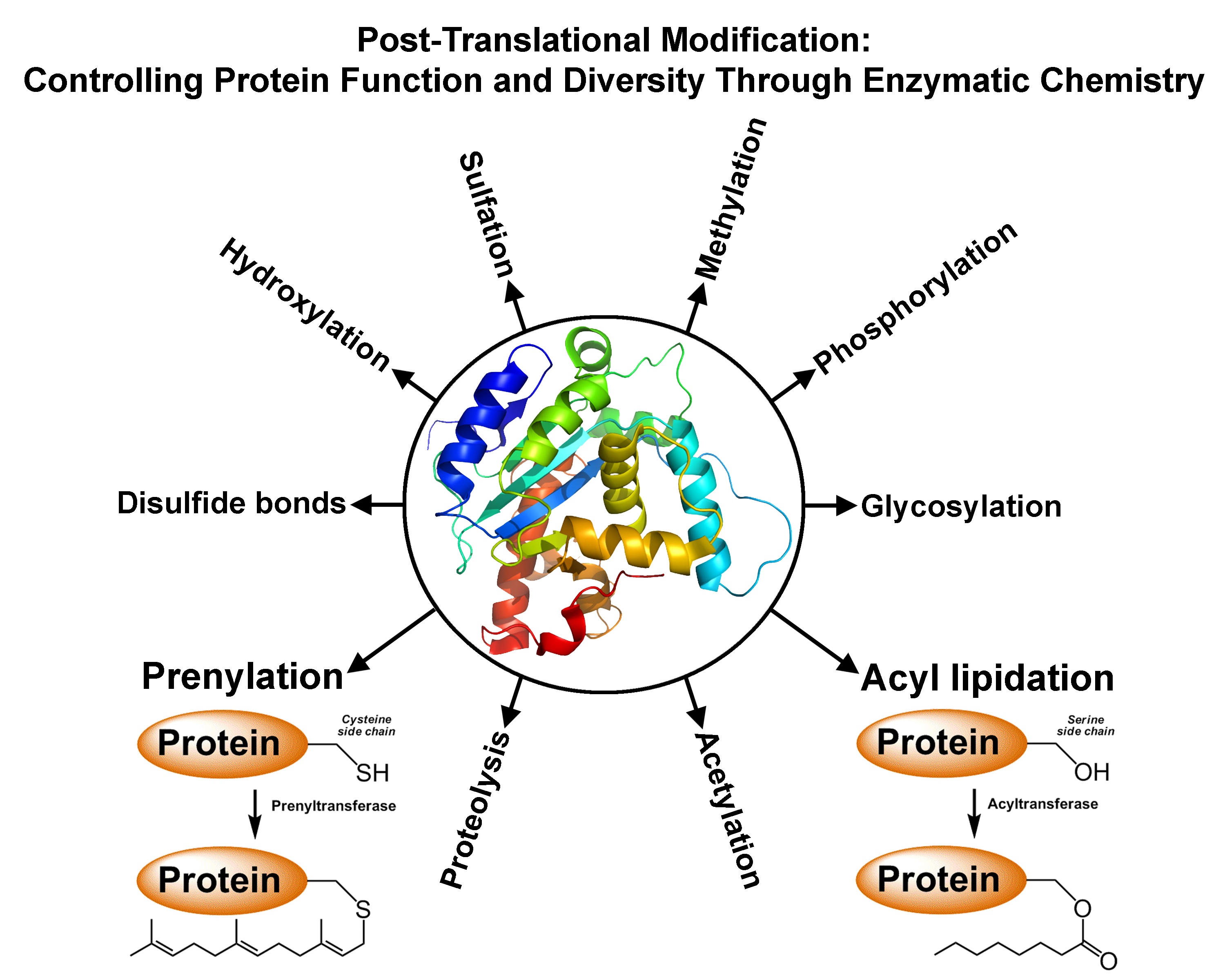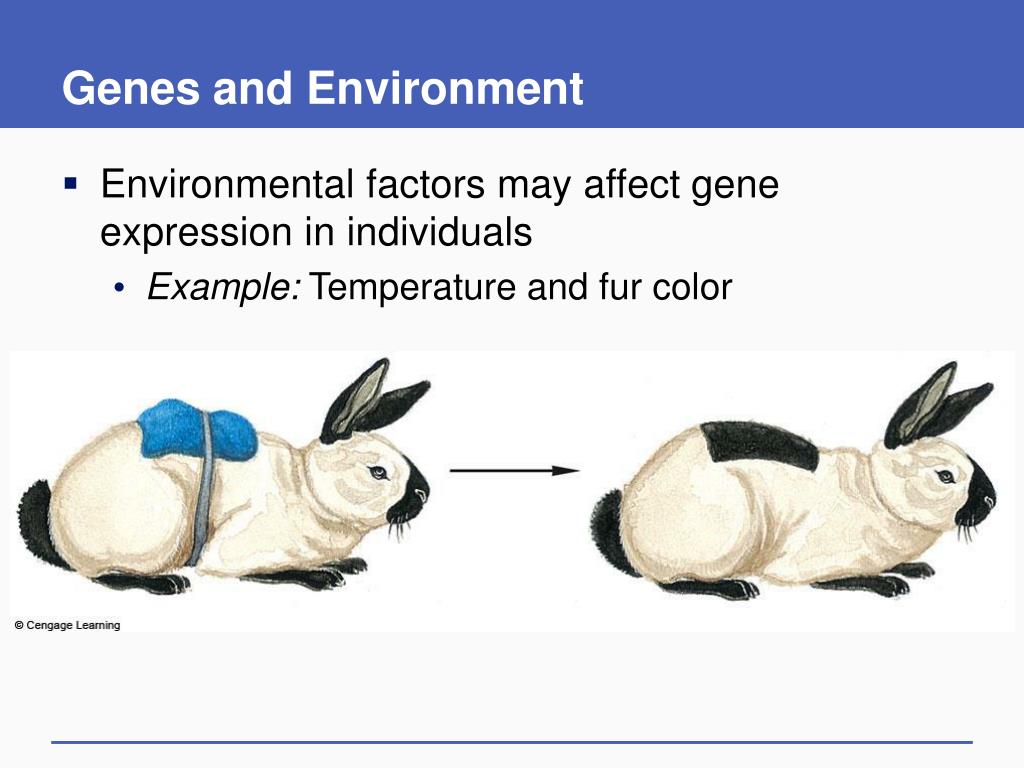Regulation Of Gene Expression In Eukaryotic Presentation
| Introduction to Gene Expression Regulation in Eukaryotes | ||
|---|---|---|
| Gene expression regulation refers to the processes that control how genes are turned on or off in eukaryotic cells. It is crucial for the proper functioning and development of organisms. Regulation can occur at various levels, including transcription, post-transcription, translation, and post-translation. | ||
| 1 | ||
| Transcriptional Regulation | ||
|---|---|---|
| Transcriptional regulation involves controlling the initiation and rate of transcription. This regulation is accomplished through the binding of transcription factors to specific DNA sequences, known as regulatory elements. Regulatory elements can enhance or repress gene expression by affecting the binding of RNA polymerase to the promoter region. | ||
| 2 | ||
| Epigenetic Regulation | ||
|---|---|---|
| Epigenetic regulation involves modifications to the structure of DNA or histones, which can influence gene expression. DNA methylation, the addition of a methyl group to DNA, can prevent the binding of transcription factors and inhibit gene expression. Histone modifications, such as acetylation or methylation, can alter the accessibility of DNA to transcription factors and affect gene expression. | ||
| 3 | ||
| Post-Transcriptional Regulation | ||
|---|---|---|
| Post-transcriptional regulation involves processes that occur after mRNA is transcribed. mRNA stability can be regulated through the binding of specific proteins that can enhance or degrade the mRNA molecule. Alternative splicing, the process of selecting different exons during mRNA processing, can lead to the production of multiple protein isoforms from a single gene. | ||
| 4 | ||
| Translation Regulation | ||
|---|---|---|
| Translation regulation controls the rate of protein synthesis from mRNA molecules. It can occur through the binding of regulatory proteins to specific mRNA sequences, known as cis-regulatory elements. The availability of specific amino acids or the presence of specific signaling molecules can also regulate translation. | ||
| 5 | ||
| Post-Translation Regulation | ||
|---|---|---|
| Post-translation regulation involves modifications to proteins after they are synthesized. This regulation can include protein folding, addition of chemical groups, or targeting proteins for degradation. Protein stability and activity can be regulated through processes such as phosphorylation, ubiquitination, or proteolysis. | ||
| 6 | ||
| Regulatory Networks | ||
|---|---|---|
| Gene expression regulation is a complex process that involves the coordination of multiple regulatory elements and factors. Regulatory networks are formed by interactions between transcription factors, co-regulators, and other regulatory proteins. These networks ensure precise control over gene expression and allow for the integration of various signals and environmental cues. | ||
| 7 | ||
| Environmental Factors and Gene Expression | ||
|---|---|---|
| Environmental factors, such as temperature, light, nutrients, and stress, can influence gene expression. Organisms have evolved mechanisms to respond to these factors and adapt their gene expression accordingly. Environmental cues can trigger specific signaling pathways that ultimately lead to changes in gene expression patterns. | ||
| 8 | ||
| Developmental Regulation | ||
|---|---|---|
| Gene expression regulation plays a critical role in the development of multicellular organisms. It controls the timing and spatial distribution of gene expression during embryonic development. Developmental regulation ensures the proper differentiation and specialization of cells and tissues. | ||
| 9 | ||
| Conclusion | ||
|---|---|---|
| Regulation of gene expression in eukaryotes is a complex and highly regulated process. It involves multiple levels of control, including transcriptional, post-transcriptional, translational, and post-translation regulation. Understanding these regulatory mechanisms is key to unraveling the complexities of cellular processes and human health. | ||
| 10 | ||
| References (download PPTX file for details) | ||
|---|---|---|
| Alberts, B., Johnson, A., Lewis, J., Raff, M.... Ptashne, M., & Gann, A. (2002). Genes & Signa... Chodavarapu, R. K., Feng, S., & Bernatavichut... |  | |
| 11 | ||





